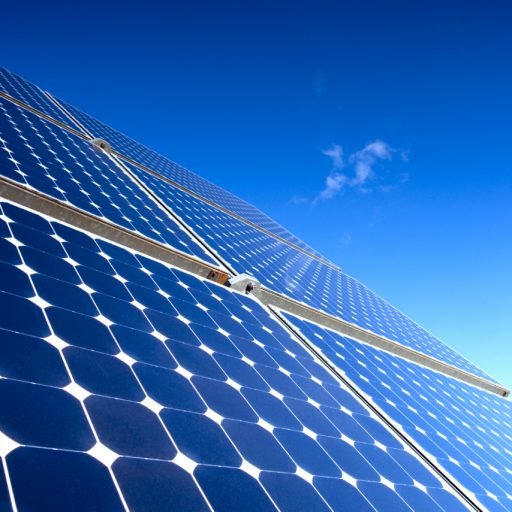Definition and Description of Solar PV
Solar Photovoltaic (PV) technology converts sunlight directly into electricity using semiconductor materials. The most common type is silicon-based solar cells, which generate electrical current when exposed to sunlight. Solar PV systems range from small rooftop installations to large-scale utility solar farms.
Solar PV’s Role in the Energy Transition
The energy transition refers to the global shift from fossil fuels to sustainable, low-carbon energy sources. Solar PV is at the heart of this transition due to its scalability, declining costs, and ability to be deployed in diverse locations. It plays a crucial role in:
- Decarbonization – Replacing fossil fuels with clean electricity.
- Decentralization – Enabling distributed generation, reducing reliance on centralized power plants.
- Electrification – Supporting sectors like transport (EVs) and industry with renewable power.
Massification: Scaling Up Solar PV
Massification refers to the large-scale deployment of solar PV across the world. This is driven by:
- Economies of Scale: Rapid cost reductions as production scales up.
- Technology Advancements: Improved efficiency, bifacial panels, and agrivoltaics increasing output.
- Policy Support: Incentives, carbon pricing, and net metering driving adoption.
- Corporate & Consumer Demand: Businesses committing to net-zero targets and consumers adopting solar rooftops.
The Most Efficient Way to Produce Electricity
Solar PV is the most efficient electricity generation method in terms of speed of deployment, scalability, and long-term cost-effectiveness:
✅ High Energy Return on Investment (EROI) – Modern solar PV offers an excellent energy payback ratio.
✅ Low Operational Costs – No fuel costs, minimal maintenance.
✅ Fastest Deployment – Solar farms can be built in months, compared to years for fossil or nuclear plants.
✅ Modularity – Can be deployed from kilowatts (rooftops) to gigawatts (utility-scale).
✅ Integration with Storage – Battery storage makes solar dispatchable, overcoming intermittency.
Conclusion
Solar PV is the backbone of the energy transition, providing the fastest, cheapest, and most scalable solution for clean electricity generation. The continued massification of solar PV, alongside grid upgrades and energy storage, is essential to achieving a zero-carbon energy future.

